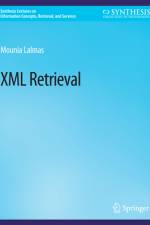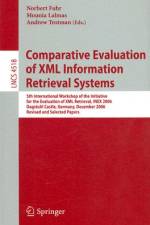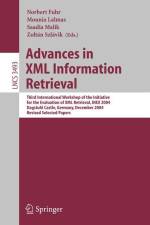von Mounia Lalmas
35,00 €
User engagement refers to the quality of the user experience that emphasizes the positive aspects of interacting with an online application and, in particular, the desire to use that application longer and repeatedly. User engagement is a key concept in the design of online applications (whether for desktop, tablet or mobile), motivated by the observation that successful applications are not just used, but are engaged with. Users invest time, attention, and emotion in their use of technology, and seek to satisfy pragmatic and hedonic needs. Measurement is critical for evaluating whether online applications are able to successfully engage users, and may inform the design of and use of applications. User engagement is a multifaceted, complex phenomenon; this gives rise to a number of potential measurement approaches. Common ways to evaluate user engagement include using self-report measures, e.g., questionnaires; observational methods, e.g. facial expression analysis, speech analysis; neuro-physiological signal processing methods, e.g., respiratory and cardiovascular accelerations and decelerations, muscle spasms; and web analytics, e.g., number of site visits, click depth. These methods represent various trade-offs in terms of the setting (laboratory versus ``in the wild''), object of measurement (user behaviour, affect or cognition) and scale of data collected. For instance, small-scale user studies are deep and rich, but limited in terms of generalizability, whereas large-scale web analytic studies are powerful but negate users' motivation and context. The focus of this book is how user engagement is currently being measured and various considerations for its measurement. Our goal is to leave readers with an appreciation of the various ways in which to measure user engagement, and their associated strengths and weaknesses. We emphasize the multifaceted nature of user engagement and the unique contextual constraints that come to bear upon attempts to measure engagement in different settings, and across different user groups and web domains. At the same time, this book advocates for the development of ``good'' measures and good measurement practices that will advance the study of user engagement and improve our understanding of this construct, which has become so vital in our wired world.





